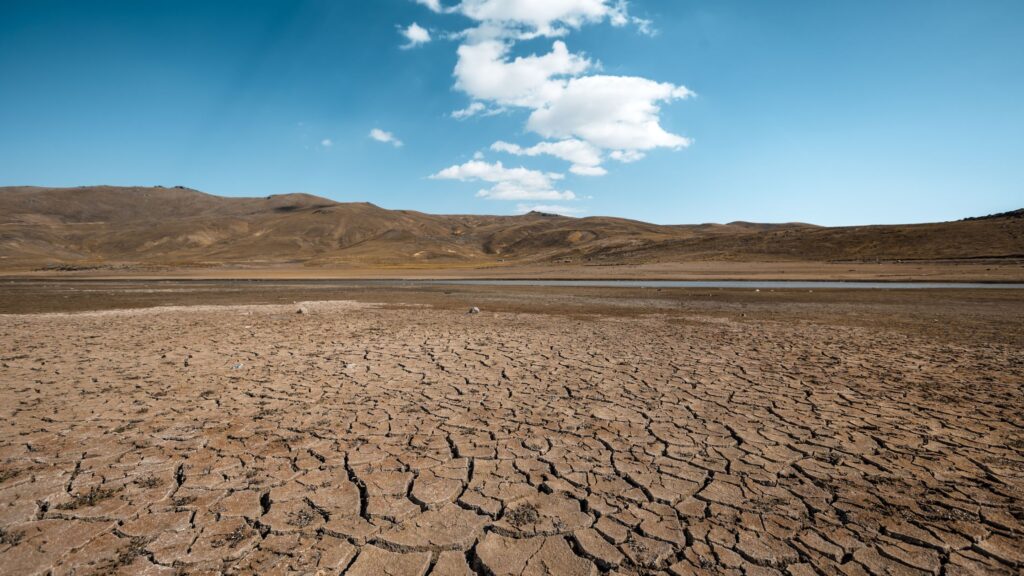With such an interest, a person has the legal right to benefit from mineral resources, including silver, oil, and natural gas, available beneath their land. Whether purchased as an investment or inherited mineral rights, mineral rights can be valuable assets.
Do you believe there may be precious mineral resources beneath your property? Then you should purchase the mineral rights, as such resources offer a golden opportunity to earn income from royalty interest or lease agreements for mineral extraction.
Striking a good deal is imperative for a mineral lease, just like any other financial transaction. Excellent negotiation skills are essential when considering potential mineral rights buyers, including interested oil and gas companies. They will contribute to how lucrative the deal you get will be.
With this in mind, this guide will look into the average price per acre for mineral rights and the factors that can affect a fair market price. Keep on reading to learn more.
What are the different factors that determine the average price per acre for mineral rights?
Various factors play a significant role in determining the average price per acre for mineral rights. However, some carry more weight than others. The following are some contributing factors:
Location
Location is the most significant factor that impacts the average price per acre of mineral rights. Different states have unique geography, which makes some mineral rights more valuable than others.
The popularity of a place can also play a role in how high the price of mineral rights is for a specific site. It is no surprise that the giant horizontal fracked wells of Delaware represent some of the most valuable and highly in-demand mineral rights deals. These wells generate an enormous quantity of oil and natural gas.
In addition to this, location can also impact the royalty percentage. Texas, for example, has a standard rate of 25%. However, oil and gas royalties can vary between 12% and 16% in other states and for older leases.
Producing and Non-Producing Mineral Rights
Producing mineral rights focus on active oil and gas wells that generate a specific amount of oil or gas that is viable for the economy. Monthly production royalty checks are received by those who hold the rights.
The minerals are typically valued at a multiple of a given monthly payment. Generally, according to the mineral rights value rule of thumb, we can calculate the market value using the formula:
Mineral rights valuation = monthly royalty checks × multiple
The multiple is either 48 to 60 for vertical wells or 36 to 48 for horizontal wells. The latter is worth less because of their shorter lifespans.
Non-producing mineral interests focus on single or multiple tracts of land without a producing oil or gas well. Since there are no wells, no royalties are payable. Despite this, the mineral rights can still be potentially valuable.
Location plays a role in how valuable they are. Non-producing rights held in the best geographical areas with potential for future wells are typically worth more than those in areas with no proven reserves and other older oil fields. How much they are worth is based on a multiple of the lease bonus.
Prices of Oil and Gas
Oil and gas prices significantly influence the average price per acre of mineral rights. Sometimes, a mineral owner will enjoy the benefits of high commodity prices. A lower commodity price implies there will be less revenue.
With this in mind, dramatic fluctuations in the price of oil and gas can make it economically unfeasible to keep operating a well, or drill new wells, particularly when considering costly fracking.
While a mineral owner can ignore the significance of oil and gas prices, they seriously affect the average price per acre of mineral rights. When there are producing mineral rights, the prices of oil and gas can have a direct effect on the value of royalties.
Typically, the amount of oil and gas extracted from the ground is multiplied by the current price to determine the production royalty value paid to rights holders. A higher price results in owners receiving more than the average monthly royalty check. Likewise, they receive a lower payment when prices fall.
Well Production
How much wells are worth is affected by the amount they produce. More oil and gas means more revenue. Typically, during the first few months, wells generate the highest quantity. After that, the level of production may fall dramatically.
Again, depending on the location, the royalty payment after the first year might be about 50% of the initial amount. It might even be as low as 10% of the initial amount.
Operator
Some oil companies are more proficient at drilling wells and extracting minerals than others. However, each operator assumes a level of risk in extraction operations, which varies.
While two oil companies might wish to drill similar wells on adjacent properties or even on the same property, one well might end up being more successful than the other. Some companies also tend to be more friendly and easier to negotiate an agreement with than others.
How an operator deals with deductions can also significantly impact mineral owners. In some cases, owners have to incur a portion of the expenses for operations, regardless of the leasing terms.
Many operators are ethical. All they wish is to run a successful business while following all applicable rules and making profits. On the other hand, some operators are notorious for unethical practices on property leased to extract minerals.
In the latter case, the average price per acre for mineral rights may only be a fraction of what it would be under a different, more generous operator.
Lease Agreement Terms
In many cases, when mineral owners get offered a lease, they tend to neglect to go through the lease terms. Due diligence is a must, and it is a good idea to seek the service of an attorney to negotiate on your behalf.
In general, it is always advisable for mineral owners to seek advice from a legal practitioner before signing an oil and gas lease. The terms of the lease agreement can have a significant influence on the average price per acre for mineral rights.
Royalty reservations in oil and gas lease terms have the greatest effect on the average price per acre for mineral rights. Royalties are higher in some U.S. states than in others. Texas has a standard rate of 25%. In other states, it ranges from 12.5% to 16%. Imagine leasing at 25%. It simply means you can rake in double that of someone who leased at 12.5% makes.
Other terms you should understand
When buying/selling mineral rights, you should understand some important terms. This section provides an insight into some of these terms:
Gross Acres vs Net Acres
Anyone who wishes to learn how to calculate the value of mineral rights must grasp the concept of gross and net acres.
While gross acres refer to land area leased by extraction companies, net acres are often estimated based on the flat usable surface area. For instance, a 25-acre parcel has 25 gross acres. For a flat parcel of land, it might also boast 20 net acres.
Mineral Acre vs Royalty Acre
While both terms might seem very similar, they define two different aspects of a property. They are both essential terms you must understand to calculate the average price per acre of your mineral rights.
Net mineral acres are the physical amount of land relative to the rate of interest. It does not relate to property value. On the other hand, net royalty acres allow you to estimate the worth of land in dollars. You can calculate a royalty acre (hence, the value of a parcel) by estimating the mineral acres.
What is the average price per acre for mineral rights?
A good understanding of the average price per acre for mineral rights can ensure that you rake in the highest return on your investment. As mentioned earlier, the average price per acre for mineral rights varies with location.
Take, for instance, the Permian reservoirs, which have high potential production. Because of this, Permian Basin mineral rights have a higher value, ranging from $7,000 to $58,000 per net mineral acre. Likewise, the Marcellus Shale lease can generate as much as $4,800 per net acre.
Which states have high average prices per acre for mineral rights leases?
The average price per acre for mineral rights leases varies from one state to another. It is essential to look into the states with the highest values. These include Texas, Nevada, Arizona, California, and Alaska.
Prices per acre can range from $10,000 to $60,000 in Texas. In Nevada, prices are between $4,000 and $5,500. In Arizona, the price is about $16,680. The price per acre in California is between $14,000 to $25,000, and in Alaska, $5,346.
How to calculate the value for mineral rights
Calculating how much mineral rights are worth is very important. One method to do this is by comparing existing offers. Some mineral buyers may make a better offer than others. Several factors, already mentioned, affect the value of your mineral rights.
Familiarizing yourself with important concepts and formulas can help achieve a reasonable estimate of mineral rights value.
Conclusion
It’s a big decision to buy or sell mineral rights. To achieve this, you must understand certain concepts and factors that typically influence the average price per acre of mineral rights. Also, remember that the fair market value per acre varies in different states.








